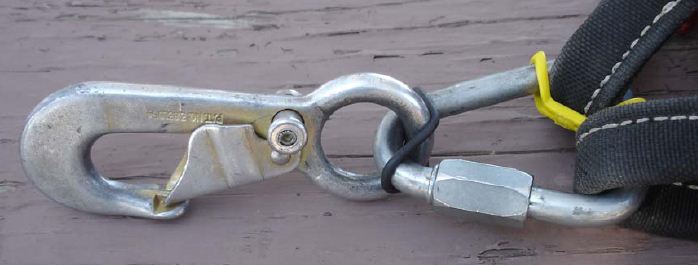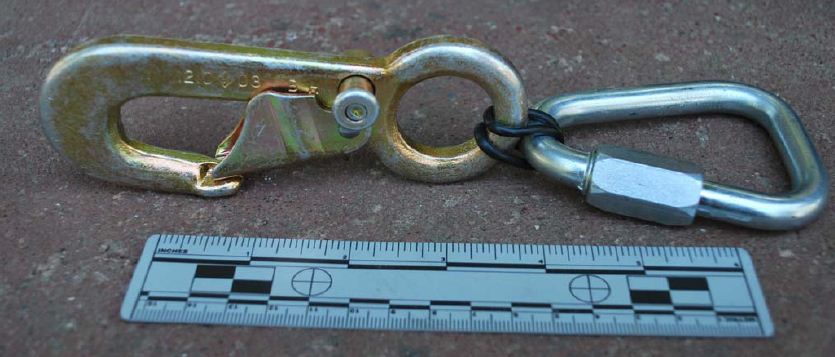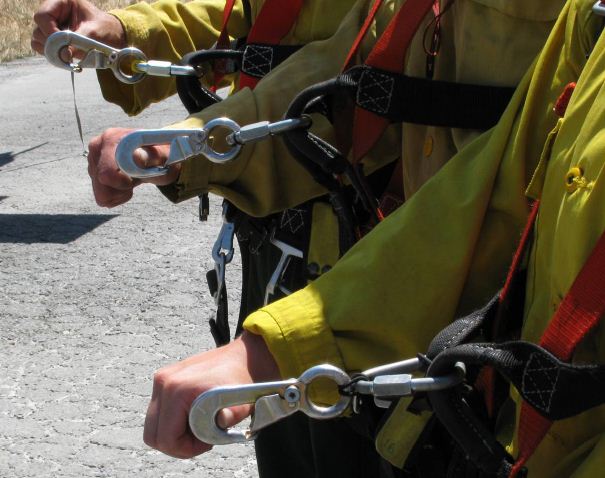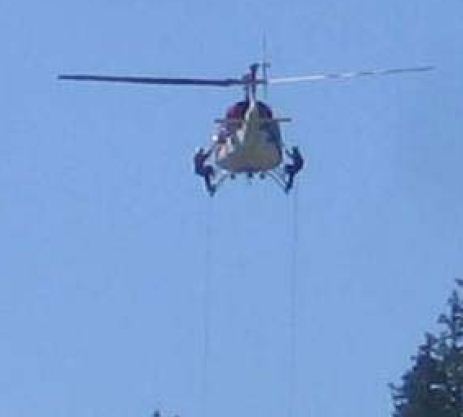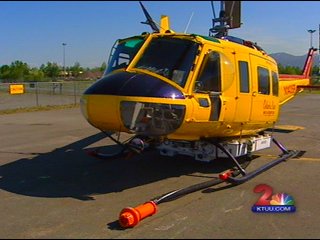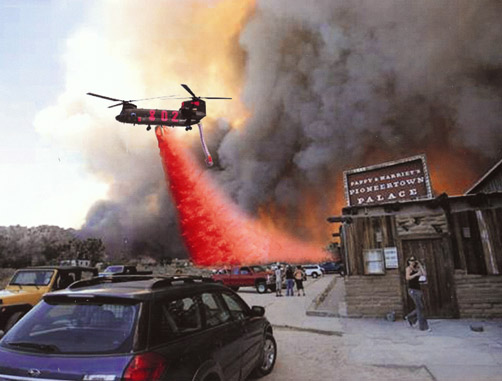
A California man who owns two drag racing teams has designed and built some internal tanks for military helicopters. As we wrote on Wildfire Today on January 3 when discussing the tilt-rotor Osprey aircraft, the CH-46E Sea Knight and CH-53
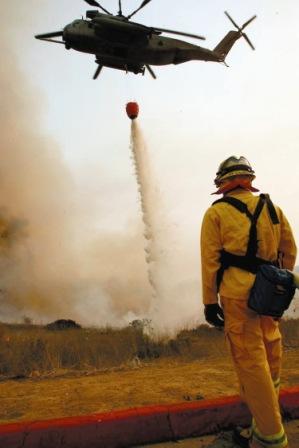
Super Stallion helicopters operated by the Marine Corps have been used on fires in California since 2007 during periods when Cal Fire is unable to handle the fires with their own aerial assets. These helicopters transport water to the fire in an external bucket, but since buckets occasionally are accidentally released or otherwise fall from helicopters, there are restrictions on carrying the external loads over roads or populated areas. Internal tanks are considered to be more safe than external loads if there is a concern about dropping a 2,000-gallon tank on people.
Concerned about the external load safety issue, the California Department of Forestry and Fire Protection, Cal Fire, contacted Tom Jaroszek of Merced, California, who owns TMR Fabrications and two drag racing teams. Mr. Jaroszek agreed to design and build an internal tank for the CH-47 and CH-53 at no cost to Cal Fire with the understanding that the agency would then use them on an emergency rental agreement if needed for fire suppression.
Someone familiar with the internal tank who has no financial association with TMR Fabrications sent us the article below describing the project:
===============
Continue reading “An internal tank for military helicopters”



